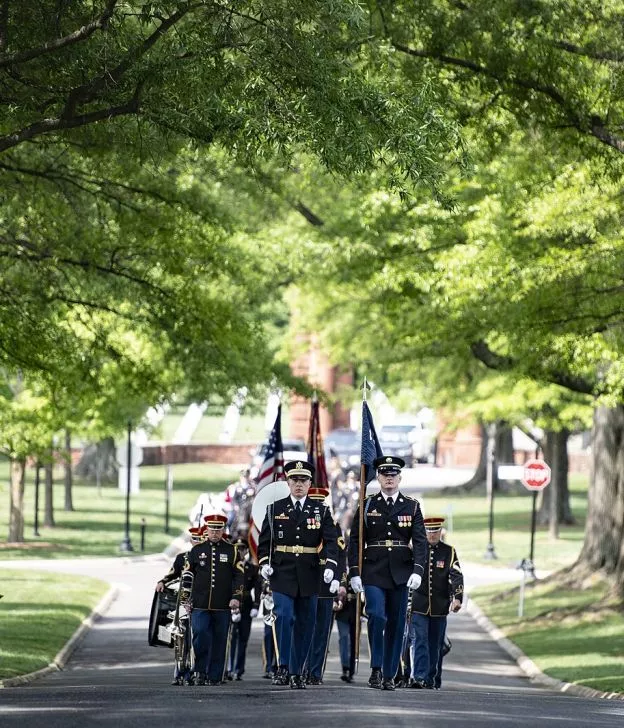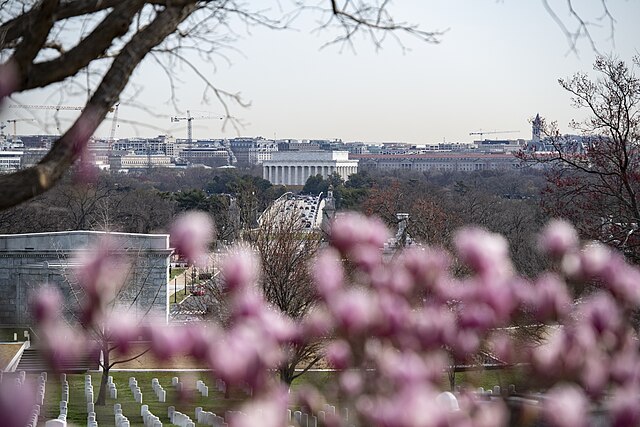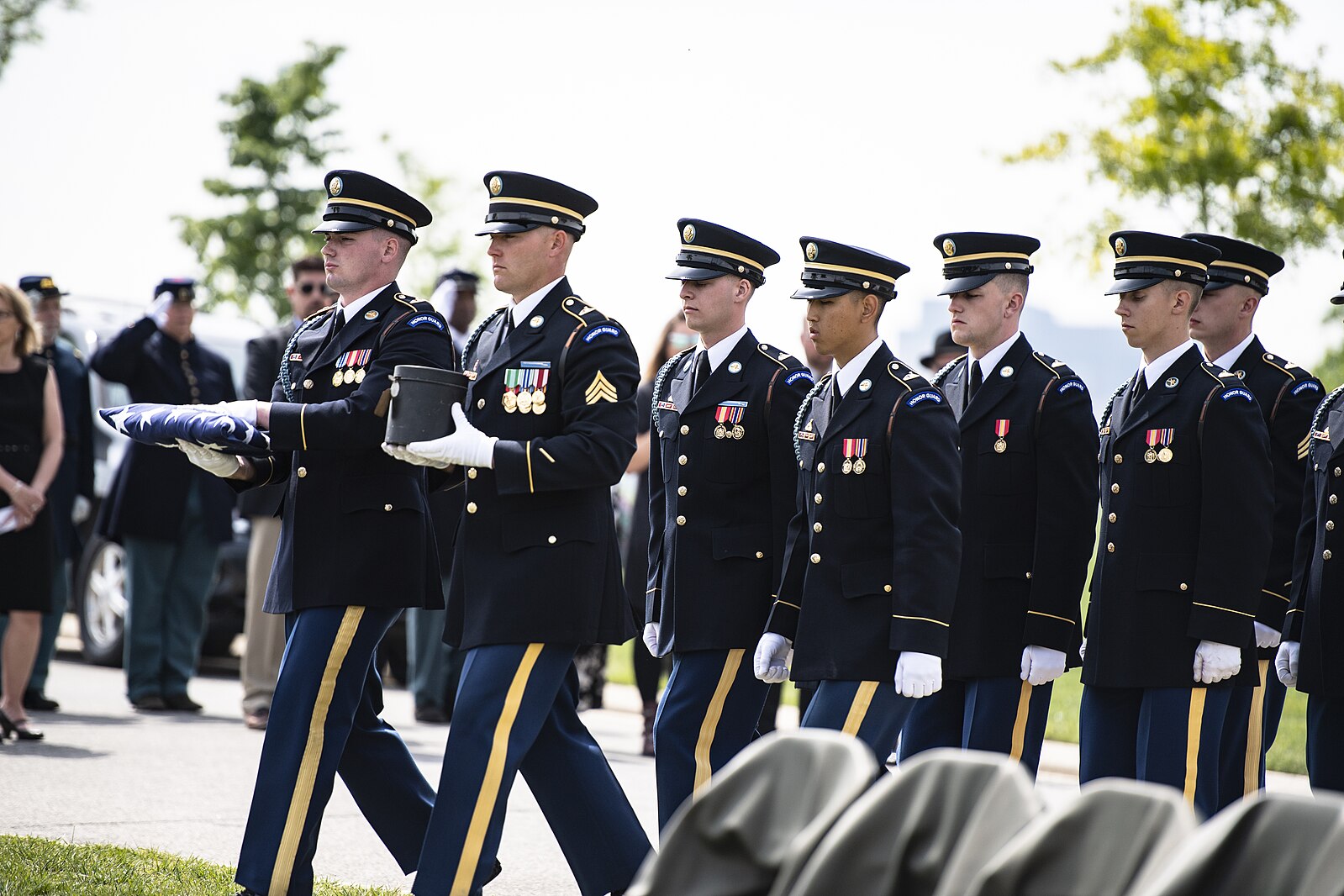
How to serve our nation
A long dead Civil War soldier made news recently when an urn containing his ashes was discovered sitting on a shelf in a Cincinnati cemetery.
Their sacrifice, our nation
This man, Isaac C. Hart, enlisted in New Bedford, Massachusetts as a private in 1861 and served in the infantry until 1864, when he was promoted to captain of the 2nd United States Colored Cavalry. As a white officer leading Black soldiers, Hart knew he might face torture from the Confederates if captured. His men could face worse – the Confederates had promised to execute on the spot or sell into slavery any captured Black soldier. Luckily, the 2nd suffered light casualties. Hart himself survived the war and afterward moved to Cincinnati, where he died in 1913.
For the past 110 years, his ashes went unclaimed until this spring, when his great-great-niece received a phone call – Captain Hart’s remains had been rediscovered. And so, on April 27th, 2023, Isaac C. Hart was buried with full military honors at Arlington National Cemetery for his service to the country in the Civil War.

Overlooking Washington, D.C., Arlington National Cemetery today serves as the final resting place for approximately 400,000 Americans. What many may not realize, however, is that the history of Arlington National Cemetery stretches back to the founding of the United States.
Originally known as Arlington House, the land that became the nation’s cemetery was once owned by George Washington’s stepson, John Parke Custis. Custis envisioned Arlington House as a memorial to the nation’s first president, complete with Washington memorabilia and family heirlooms.
Reflecting the tension of freedom and slavery in the Early Republic, enslaved Black Americans built Arlington House and toiled on the grounds for decades, as Custis desired that the property also function as a working plantation. By 1857, 196 enslaved Black Americans lived and worked at Arlington House.
Americans might be surprised to learn who inherited Arlington House that year: Mary Anna Randolph Custis, the wife of none other than Robert E. Lee. After Virginia seceded from the Union in May 1861, Lee and his family abandoned the house, allowing Union soldiers to capture the property and surround it with military forts designed to protect Washington, D.C. An astonishing one third of Civil War battles were fought within 100 miles of the capital. As casualties began to mount, local cemeteries filled to capacity.
Enter Union Quartermaster General Montgomery C. Meigs. Meigs, who served under Lee prior to the Civil War and once considered him a friend, viewed Lee’s defection to the Confederacy as unforgivable. When presented with the opportunity to pay Lee back for his treachery, Meigs successfully lobbied for Arlington to become a national cemetery, a move designed to prevent Lee from ever returning at war’s end.

On May 11th, 1864, Private William Christman became the first soldier buried at Arlington. A month later, the Union Army set aside 200 acres of the property as a military cemetery. By 1865, almost 16,000 soldiers would be buried at Arlington, with Meigs ordering that a tomb for over 2,000 unknown soldiers be placed in the estate’s acclaimed rose garden. Between the burial of William Christman in 1864 and Isaac C. Hart last month, thousands of Americans – ordinary in their lives but extraordinary in their deeds – have been laid to rest at Arlington National Cemetery.
There’s an old saying that “children cannot serve parents beyond the grave.” That said, we can and must honor the previous generations in ways that help us better appreciate the sacrifices they made to preserve our freedom. We must study and recognize not only their lives and what they fought for, but the larger, complicated contexts of their world – and ours. The depths of each person’s life, including their hopes, dreams, and actions, can and will inspire us – if we take the time to consider what unites us as human beings and Americans. Arlington National Cemetery deserves our attention because the thousands of ordinary Americans interred there are like us yet have accomplished great and extraordinary things.
How can we repay this debt and emulate these men and women? In part, by bringing our founding ideals of life, liberty, and the pursuit of happiness into fruition through the hard work of understanding our history. This is the type of civic education we pursue and celebrate at the Jack Miller Center.
Arlington’s motto “Honor, Remember, Explore” reminds Americans that the conflicts to preserve a nation “conceived in liberty and dedicated to the proposition that all men are created equal” required courage, confidence, and a tremendous amount of work. We honor those who died for our country by remembering their sacrifices and exploring ways in which we too can perform the difficult yet life-affirming work that brings us ever closer to realizing our nation’s founding ideals.
